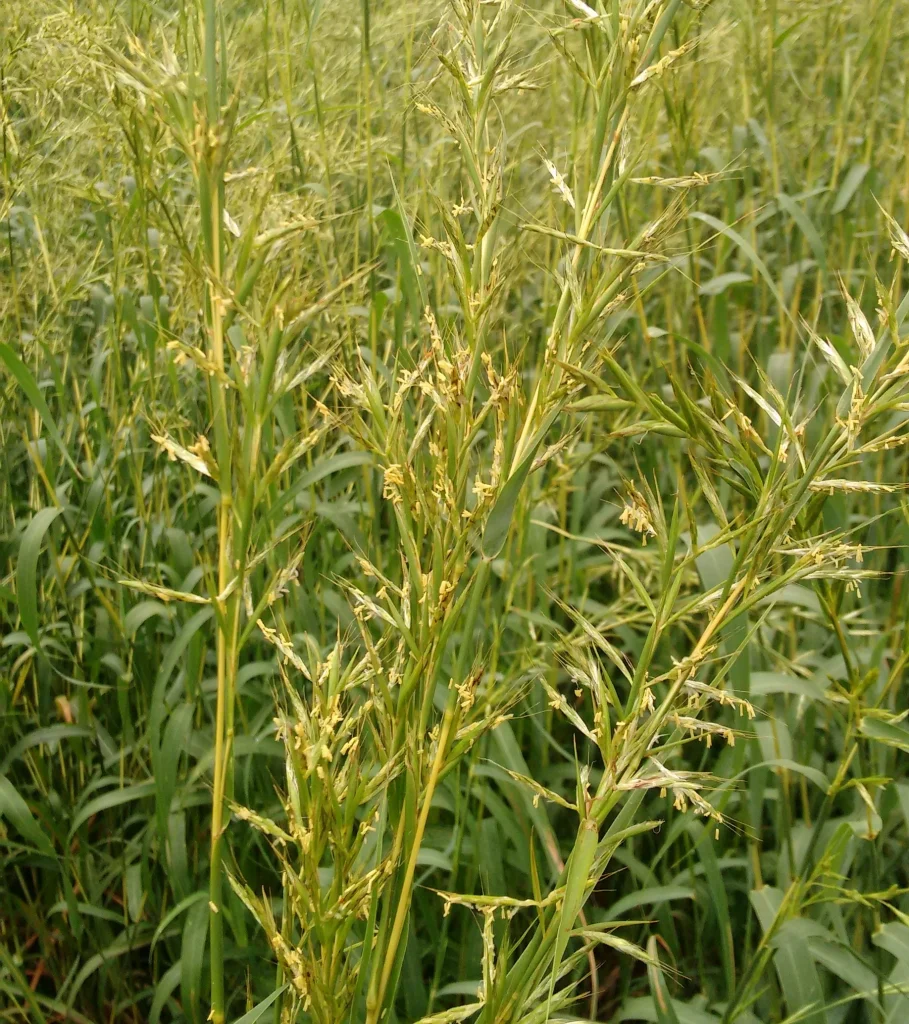Palmarosa oil has been shown to be an effective insect repellent when applied to stored grain and beans, an antihelmintic against nematodes, and an antifungal and mosquito repellent. Palmarosa oil is widely used in the manufacture of soaps, detergents, in the perfumery and cosmetics. The oil has antiseptic, antiviral, bactericidal, cytophylactic, digestive, febrifuge and stimulant properties. The oil is used in aromatheraphy for nervous system, digestive system and in skin care. Palmarosa oil is mainly used for the isolation of high grade geraniol, and in flavouting tobacco.



